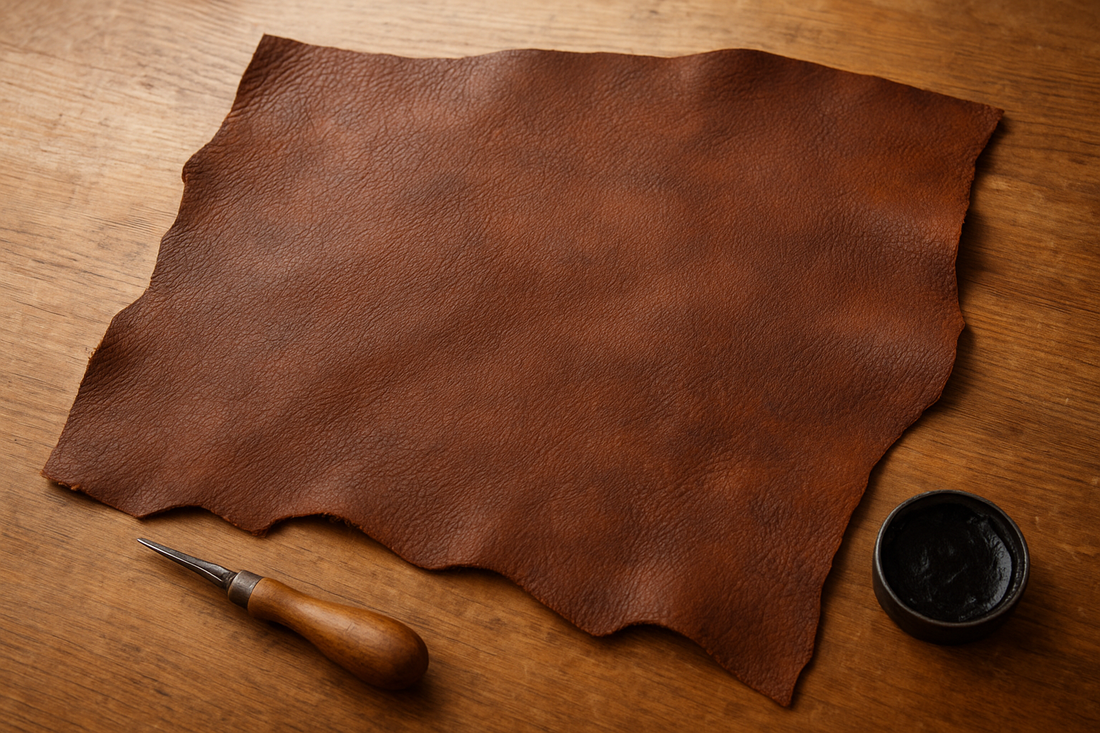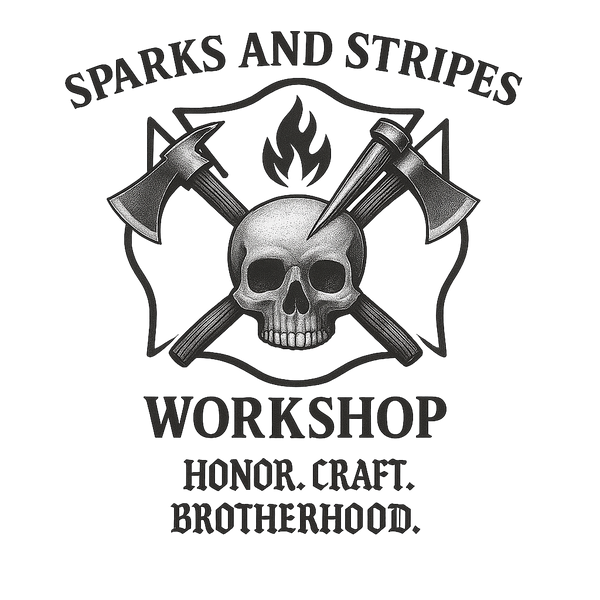
Honoring the Hide Through Mi’kmaq Eyes
Share
When I roll out a new side of leather on the bench, I don’t just see raw material. I see a life that was lived, and I feel the responsibility to honor it. That perspective comes from my Mi’kmaq roots, where animals have always been treated with respect and gratitude. They were never just resources—they were teachers, providers, and part of a greater balance.
Among my people, nothing was ever wasted. From deer and moose to the fish in the rivers, every part was used for food, shelter, tools, or ceremony. The same was true for the bison on the plains, though they weren’t native to Mi’kma’ki. Our traditions echo the same truth: when an animal gives its life, you honor it by using every part you can, and by acknowledging the gift.
That’s what leatherwork means to me. Leather is not taken for its own sake—it’s a by-product of the meat industry. Without makers, many of these hides would simply be discarded. As a craftsman, it’s my responsibility to breathe new life into them. Every cut, every stitch, is a way of ensuring that this life continues on, transformed into something useful and lasting.
I recently brought two new sides of American Bison into the shop. For Native people across North America, the bison carries a deep history—strength, survival, provision. Whole nations lived because of it, and when the herds were nearly wiped out, entire ways of life were nearly erased. To work with bison leather today feels like a way of paying respect not only to the animal itself but to those stories of resilience that still guide us.
In the weeks ahead, I’ll be shaping this bison into new products that reflect both the rugged nature of the hide and the traditions I carry with me. These won’t just be straps or wallets—they’ll be tributes. Tributes to the animal, to the culture that teaches me to honor what it gave, and to the roots that keep me grounded in this craft.
When you carry a piece made from this bison leather, I want you to feel more than just the workmanship. I want you to feel the story—the respect, the heritage, and the continuation of a way of life that refuses to let these traditions be forgotten.







